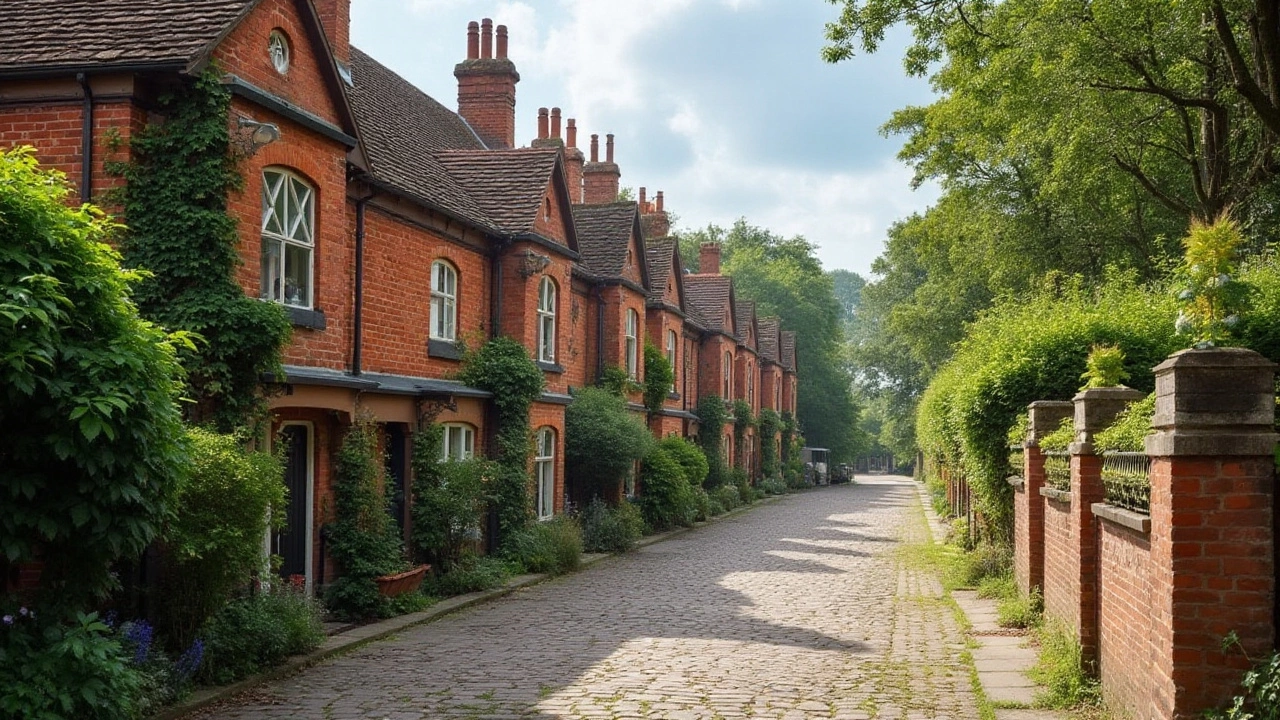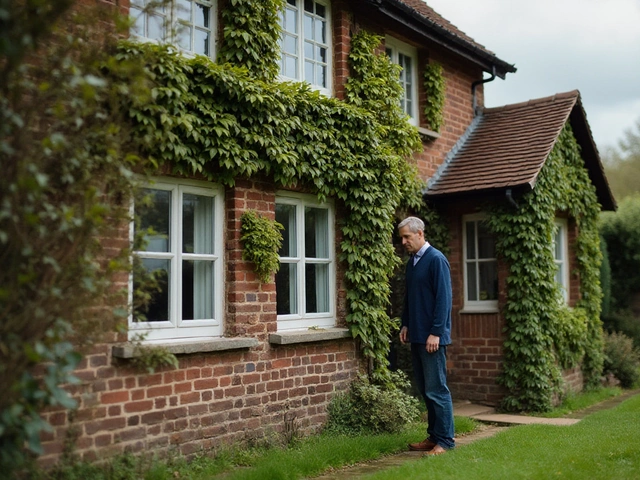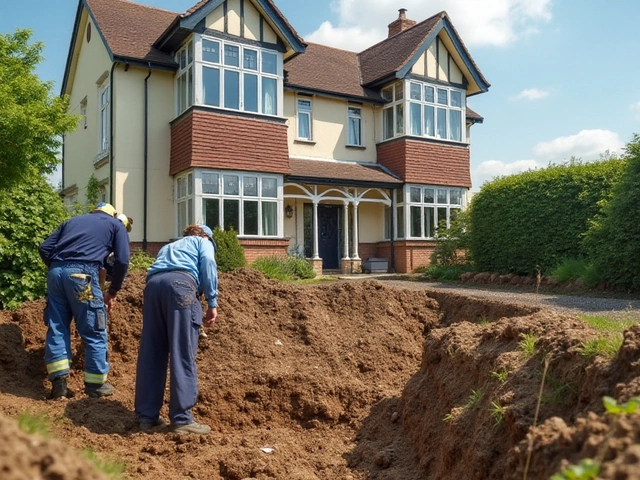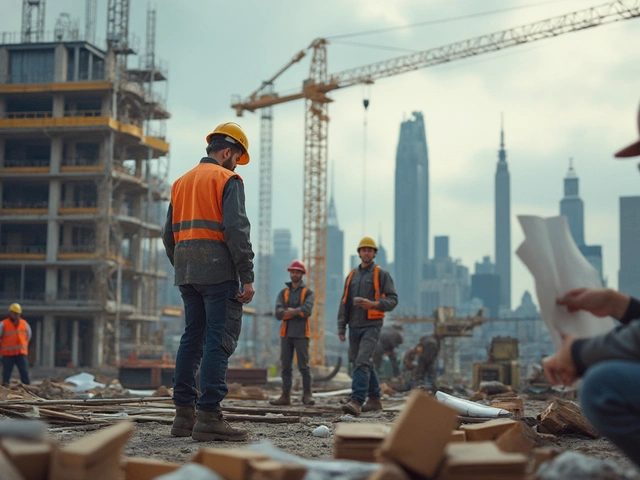When contemplating the charm of an older home, thoughts often drift to picturesque architecture and storied pasts. Yet, these visual splendors might hide an important aspect that demands attention—the foundation.
Many older properties, given their age, sit upon foundations laid down with long-gone techniques and materials. As years roll by, these houses might develop structural concerns that are manifested in a variety of ways. Recognizing these signs can be vital.
The reasons behind foundation problems are diverse. From shifts in the soil beneath to the wear and tear of time, each home whispers its own story of the struggles faced under its base. Homeowners may find wisdom in engaging with qualified professionals who reveal these tales through inspections.
Fear not, for solutions abound. Repairs range from modern techniques like piering to old-fashioned fixes tailored to the unique needs of the property. What's essential is understanding the problem, weighing options, and pursuing the right path to safeguard these treasured homes for future generations.
- Understanding Foundation Problems
- Common Signs of Foundation Issues in Older Homes
- Causes of Foundation Problems
- Inspection and Assessment
- Solutions and Repair Options
Understanding Foundation Problems
Foundations are the very essence of a home's structure, lying beneath the surface and providing the crucial support needed for a stable dwelling. Older houses often captivate with character and history, but with time, they become more susceptible to issues below ground level. These foundation problems are more than mere nuisances; they can significantly affect the longevity and safety of a home. But what exactly are these problems, and why do they occur more frequently in older homes? Understanding the mechanics and science behind it is the first step in addressing them effectively.
At its core, a foundation serves as the load-bearing element of a house, distributing weight evenly to avoid stress on any particular area. The trouble begins when this delicate balance is disrupted by shifts in the soil or degradation in materials. Foundations of older homes might struggle against the forces of expansion and contraction that the earth naturally imposes. These forces can cause significant alterations—cracks, settling, and even tilting—that become visible through uneven floors or misaligned doorframes inside the house.
Historical construction methods, often revered for their craftsmanship, sometimes lack the robustness offered by modern techniques and materials. For instance, limestone or clay blocks, commonly used in the early 20th century, can deteriorate more rapidly than contemporary concrete. As these materials wear down, they become less effective at holding back moisture and resisting pressure from the surrounding ground. This not only affects the foundation repair needs but can also lead to extensive home renovation priorities. According to the U.S. Department of Housing and Urban Development, “Preserving historical homes with structural improvements offers a bridge between the past and a sustainable future.”
Environmental conditions also play a pivotal role in the development of foundation issues. Factors such as regional climate, natural disasters, and even proximity to urban development influence the stability of a home's base. For example, areas with heavy rainfall or significant snowfall can lead to soil erosion and increased moisture around the foundation, prompting a slew of potential issues. In earthquake-prone regions, older homes with archaic foundations might not endure seismic activities as well as those with modern seismic reinforcements.
Knowledge is power when it comes to preserving the integrity of a home's foundation. Regular inspections by certified professionals can help identify problem areas before they escalate into more costly repairs. A comprehensive assessment typically includes checking for visible cracks, measuring levels on floors, and evaluating soil conditions around the house. Such evaluations are crucial, especially if homeowners plan to invest in foundation repair or renovation projects. By understanding these potential pitfalls, owners of older homes can take proactive steps to maintain the charm and functionality of their precious abodes.
In summary, recognizing the signs and knowing the intricacies of foundation issues equip homeowners with the foresight needed to protect their investments. With a blend of historical reverence and modern intervention, older homes can remain staunch and welcoming, upholding both their narrative legacy and structural standing for years to come.
Common Signs of Foundation Issues in Older Homes
Older homes carry an undeniable charm, but they also harbor the potential for foundation issues that can be as subtle as a creaky floor or as obvious as visible cracks. Recognizing these signs is crucial because they act as the first hints of underlying structural problems. Cracks are one of the clearest indicators of trouble with a house foundation. They may appear both inside and outside the home, running down walls or stretching across ceilings. Sometimes, these cracks can extend from the corners of doors or windows, suggesting that the structure is settling unevenly. However, not every crack spells disaster; discerning the harmless from the harmful is key, and consulting a professional is always a wise move.
Then there are windows and doors. If they begin to stick or jam, or if you're constantly realigning the frames, this can point to shifting foundations. Over time, the structure might shift due to soil movement or weather changes, causing frames to twist and sashes to warp. Even small deviations can hint at larger, invisible issues gnawing away at the structural integrity of the home. Alongside this, sloped or uneven flooring can also raise red flags. Walk through your home's halls, and pay attention. Does it feel like you're gaining a bit of altitude or descending a soft slope? A floor that's no longer level can be more than the product of old age.
Beyond these signs, there's evidence that can reveal itself through less visible means. Water stains or damage in basements and crawlspaces can indicate that moisture is seeping in through an imperfect foundation. Given that water is a perennial nemesis to builders and homeowners alike, ensuring that the house's base is water-tight is fundamental. A consistently damp floor or regular puddling after rain might be more than just a leaky pipe; it could be your house's way of whispering a warning that its foundation is in distress. You might even notice a gap where the walls meet the floor or ceiling. Such separations occur when different parts of the house are settling at different rates.
It's worth noting the importance of foundations in older homes, as reputable sources often highlight the significance of timely interventions.
As structural engineer Ian Schmid once pointed out, 'Old buildings can often surprise us with foundation issues that, left untreated, could compromise the very integrity that they've stood upon for decades.'This emphasizes the value of early detection and action, preventing minor concerns from escalating into major expenditures. It's a sentiment echoed within the engineering community, stressing that vigilance in spotting problems is as essential as the fixes themselves.
For those willing to seek a deeper understanding, experts also recommend routine checks by professionals who specialize in foundation repair. Such specialists can assess the severity of issues using tools and techniques beyond the scope of everyday homeowners. They also bring an experienced eye to diagnose the various causes of the signs homeowners observe. But naturally, knowledge is empowering. As homeowners familiarize themselves with these signs and symptoms, the task of maintaining structural integrity becomes far less daunting and can offer a reassuring sense of control over their cherished abode.
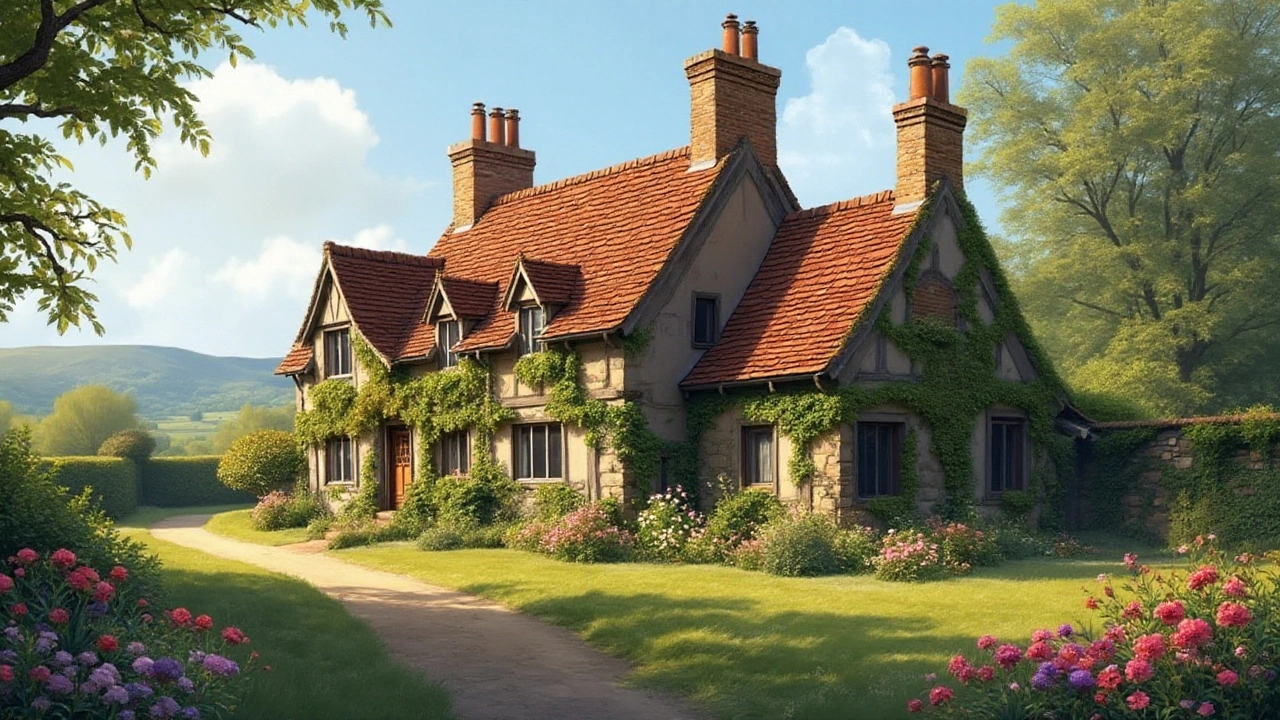
Causes of Foundation Problems
Many older homes delight us with their vintage character and craftsmanship, but they may also come with hidden foundation issues. One common culprit is the soil on which the house rests. It might seem trivial, yet the very ground beneath us is far from static. For example, homes built on clay-heavy soils face the perennial challenge of expansion and contraction with moisture changes. This soil behavior is like an ever-present tug-of-war that a home's foundation must endure.
Another significant factor is the original construction methods employed. A century ago, builders might not have had access to the advanced materials and techniques available today. Timber, commonly used back then, can decay over time, weakening the foundation. Furthermore, the lack of reinforced concrete means that older homes might not withstand environmental changes as robustly as modern ones.
Time is an unyielding force, and the wear and tear accumulated over decades can take a toll. Natural disasters, like earthquakes or floods, add extra pressure. Areas prone to seismic activity expect some homes shifting, while regions with substantial rainfall might find the ground erodes and compromises the structure. An older home has weathered numerous storms, each leaving its mark on the foundation.
Plumbing issues, often unnoticed until significant damage is done, can also contribute. A slow leak beneath the structure may allow water to pool around the foundation, eroding its strength and causing the soil to swell. These leaks become more insidious in older homes, where piping might not hold up to the wear and tear like today’s materials do.
The landscape surrounding the home, too, plays its part. Erosion caused by poor drainage or improper landscaping can shift the ground supporting the foundation. If water isn’t directed away from the house properly, it can pool and compromise the integrity of the foundation over time, exacerbating any pre-existing vulnerabilities.
According to a study by the American Society of Civil Engineers, “The choice of materials, the age of the structure, and the environmental conditions it endures significantly impact the stability of older home foundations.” This insight underscores the complexities involved in maintaining the structural health of these cherished dwellings.
Lastly, human intervention can unintentionally harm as well. Renovations intended to modernize a home might undermine its stability if not executed with care. Alterations like new additions or changes to the landscaping can disrupt the delicate balance, inadvertently leading to foundation trouble. Hence, it’s crucial that such updates carefully consider the age, design, and current state of the original structure.
Inspection and Assessment
The first step in addressing potential foundation problems in older homes is conducting a thorough inspection. This involves a detailed examination of both the interior and exterior elements of the structure. Most commonly, homeowners notice indicators such as cracks along walls, ceilings, or floors, doors that don't close properly, or uneven flooring. These signs might suggest underlying issues with the foundation, but a professional assessment offers a definitive diagnosis.
Experts typically begin by observing the home’s exterior, looking for changes in the ground or issues with drainage that could affect the foundation’s stability. Tree roots, improper water flow, and erosion are among the usual suspects that wreak havoc over time. On the inside, they measure any shifts and use tools like plumb bobs and laser levels to assess for angles or deflections that could signify larger problems.
Sometimes it’s worth taking that extra step to bring in experienced foundation repair specialists who wield technology to their advantage. They might employ ground-penetrating radar or thermal imaging cameras to uncover issues not easily visible to the naked eye. Bringing such expertise provides the comfort of knowing the property is being evaluated comprehensively. Investing in this expertise possibly could save substantial amounts in future repair costs.
"An ounce of prevention is worth a pound of cure," echoes a timeless piece of advice by Benjamin Franklin, illustrating the value of early assessment and proactive maintenance.
Should an issue be detected, a specialized assessment will delineate the extent of the damage. Important factors to examine include the composition and depth of the original foundation, the type of soil it rests on, and the environmental conditions it has weathered over the decades. Understandably, each home will present unique challenges, making a tailored approach not just preferable, but necessary.
This process often ends with a detailed report that provides homeowners with guidance. Recommendations may range from simple preventative measures to extensive repair work. In certain circumstances, it might be beneficial to adopt a phased approach, addressing immediate concerns while planning for more complex solutions over time. Clear communication with the professionals involved and understanding the recommendations put forth can make a tangible difference in preserving the home’s value and character.
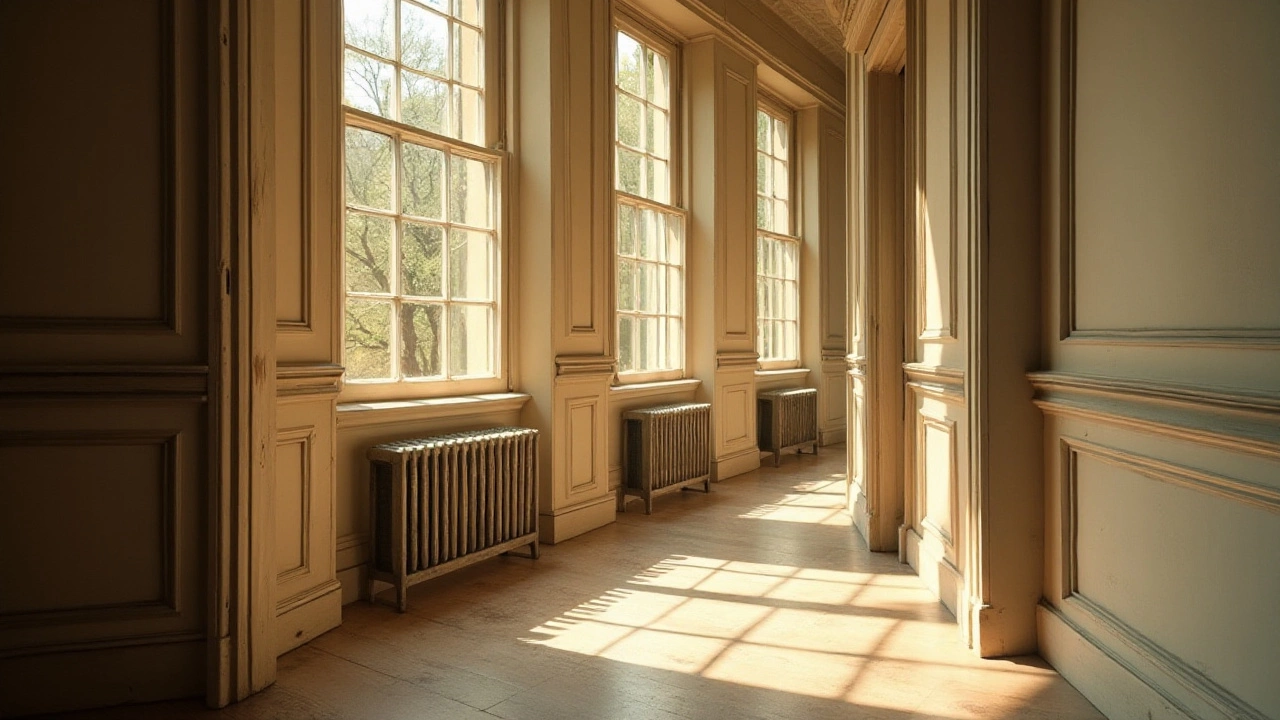
Solutions and Repair Options
When it comes to addressing foundation repair concerns in older homes, homeowners have a range of solutions available that tackle unique structural issues. Each remedy offers its own set of benefits, and understanding them demands a careful consideration of cost, longevity, and the specific problems each home faces. Repairing a house foundation varies depending on the extent of damage, the age of the home, and specific geographical conditions. It might involve methods that strengthen, stabilize, or replace the existing foundation, with measures tailored to suit the home’s unique needs.
One popular option is the installation of steel or helical piers. These piers reach deep into the ground to anchor the house foundation in more stable soil layers. As a permanent solution, it significantly improves the durability and structural problems common to historical homes. Although the upfront cost is often substantial, the long-term savings on preventing future damage can outweigh initial expenditures. Occasionally, a grout injection technique known as slabjacking or mudjacking may serve homes with sunken concrete floors. This process involves pumping a slurry mixture below the slab to level the foundation. It works well for houses where the change in elevation is moderate and uniform, making it a cost-effective option.
For homes suffering from water-induced foundation weakening, a French drain system might be necessary. Expertly designed drainage systems redirect water away from the foundation, reducing the risk of soil expansion and contraction, observed especially in clay-rich areas. Keeping water out is paramount since excessive moisture often leads to both cosmetic and structural damages over time. An effective drainage plan can often deter nearly half of foundation problems, according to data from several industry assessments.
"You must think of your foundation as the ground hero of your home. Addressing its needs first often saves homeowners from pricey future headaches," says Jane Maryhall, a seasoned structural engineer.
Finally, underpinning methods, which reinforce existing foundations, are suited for older constructions where complete replacement is impractical. The approach involves extending the foundation to solidify it, thus ensuring it withstands modern-day stresses. Homeowners might find value in engaging with qualified professionals to inspect the house thoroughly before deciding on underpinning. With all options considered, intervention strategies reflect the necessity of maintaining the heritage and safety of older homes.
